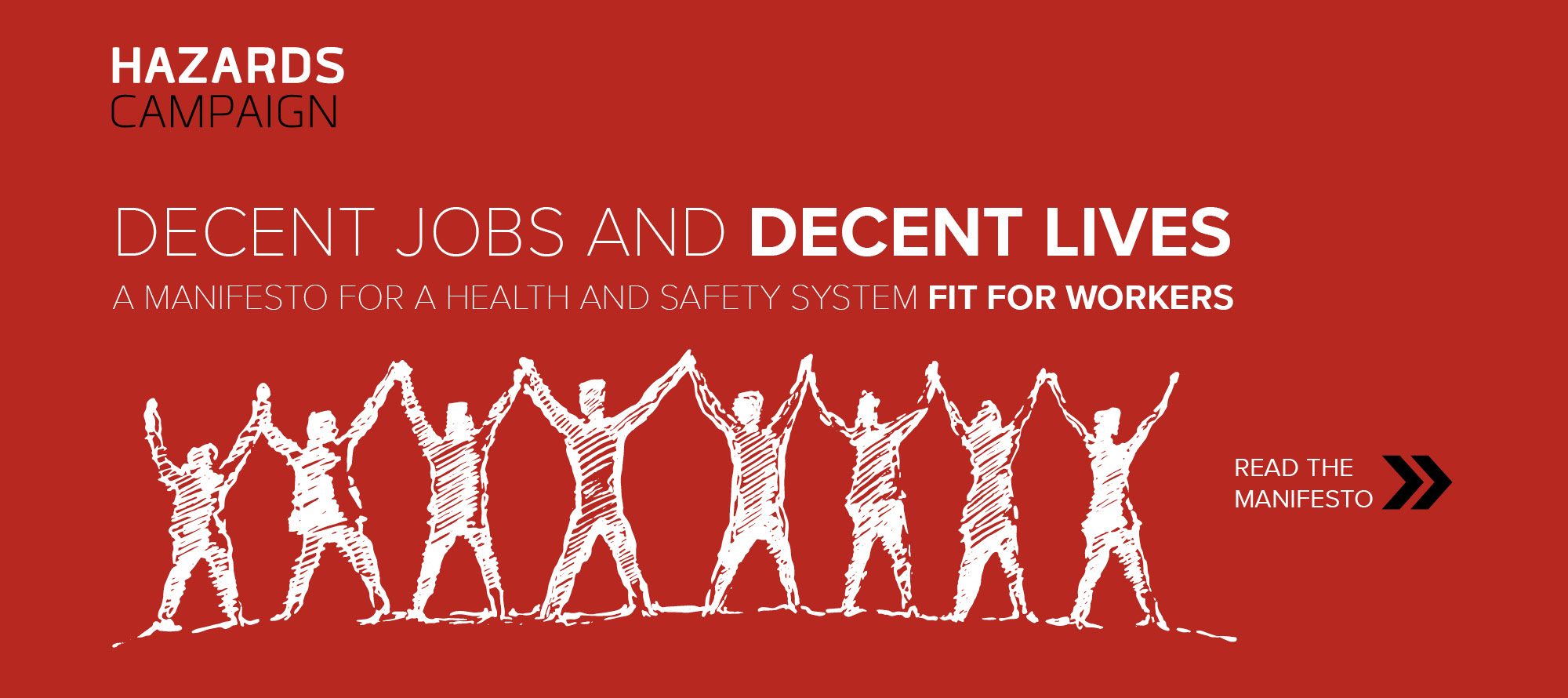16 November 2015
By Phil James
New HSE statistics covering the year 2014-15 report a rise in work-related fatal injuries, suggest that national health and safety performance may be stagnating and illustrate how enforcement action by local authority inspectors is falling dramatically.
In doing so, they provide worrying indications of how government spending cuts and policy are impacting on worker protection and the likelihood of workers being able to go about their daily working lives without being harmed.
The provisional figures show the annual number of fatal injuries to have risen from 136 to 142, with this rise being concentrated among ‘employees’, where the rate of such injuries per 100,000 rose from 0.36 to 0.38. It of course needs to be remembered that according to work by Steve Tombs and David Whyte such HSE figures probably represent only a fifth or sixth of the total number of occupational fatalities occurring each year as a result of their failure to include deaths to members of the public, road traffic accidents and those arising in parts of the economy, including merchant shipping, excluded from the requirements of the Reporting of Injuries, Diseases and Dangerous Occurrences Regulations (RIDDOR).
This worrying rise in fatalities is reported alongside other figures showing new cases of self-reported work-related illness in 2014-15 to have remained at a similar level to previously, an acknowledgement that the downward trend over the past 10 years in non-fatal injuries reported under RIDDOR is slowing and the observation that the corresponding trend in self-reported injuries is showing signs of having levelled off in recent years. Statistics that clearly paint a far from reassuring picture of the trajectory of national health and safety performance.
Meanwhile, the new enforcement data show that while the HSE in England and Wales prosecuted marginally more cases and a similar number of offences during 2014-15, the corresponding figures for local authorities fell by 20 and 26 percent respectively. They further show the number of enforcement notices issued by HSE and local authorities to have fallen by seven and 19 percent respectively.
The number of cases and offences heard by the Procurator Fiscal in Scotland on behalf of the HSE and local authorities are, in contrast, reported to have risen by 49 and 109 percent. The provided data therefore not only vividly demonstrate how enforcement of health and safety laws by local authorities is falling dramatically as a result of government policy restricting their capacity to undertake workplace inspections, but would seem to potentially illustrate how trends in enforcement action are shaped by political priorities and contexts.
In short, the HSE’s statistics for 2014-15 paint a rather depressing picture of the state of occupational health and safety regulation and performance in Britain. Enforcement action, particularly among local authorities, is shown to generally be falling while work-related fatalities have risen and trends in performance would appear to be stagnating with regard to non-fatal injuries and new cases of ill health.
Given ongoing cuts to HSE funding and the government’s ongoing commitment to reduce ‘red tape’, one can only fear what the future holds.




